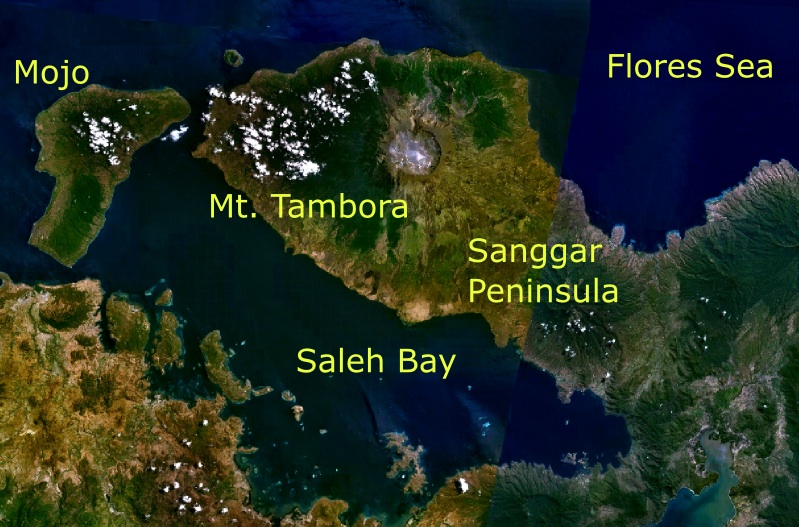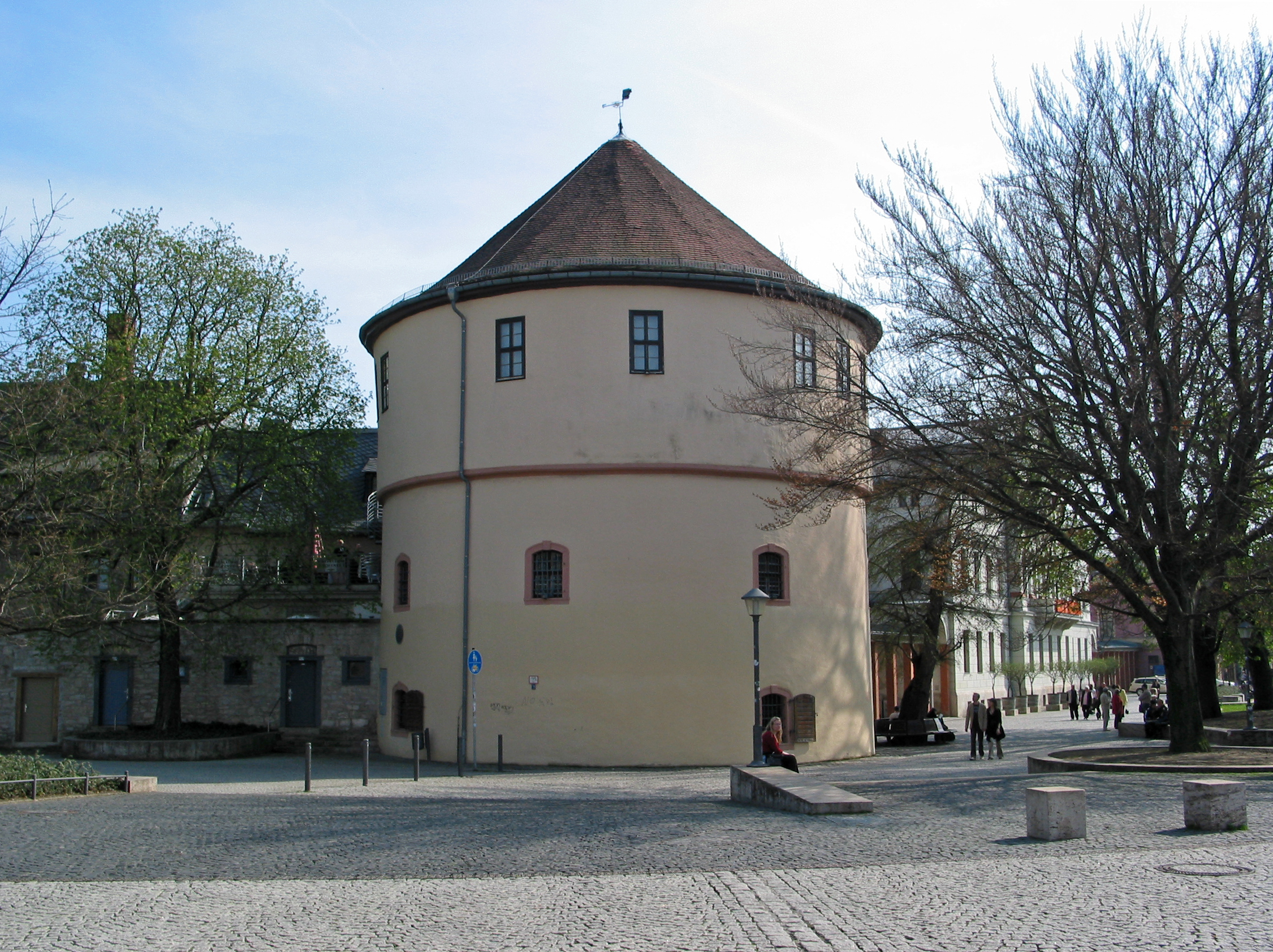|
Antonio Isopi
Antonio Isopi (5 February 1758 – 3 October 1833) was a Roman sculptor of Classicism mainly working at the court of the Dukes (later Kings) of Württemberg. Antonio Aloysius Petrus Isopi first lived and worked in his home city as a sculptor and soon specialized on restoring antique pieces of art. The iron cast Württemberg heraldic animals lion and hart – still to be seen in front of Stuttgart's New Castle – are one of his major works. Life Antonio was the third son of Silvestro and Geltrude Isopi née Orlandi. The father was a servant of Don Giuseppe Finali, a cleric at the papal court. Only four of the eleven children born between 1754 and 1772 reached adulthood. The Isopis lived in the centre of Rome near the Trevi fountain. Since 1768 until Antonio's departure to Germany the family lived in a servant wing of Palazzo Apostolico Quirinale – once the summer residence of the pope, today the residence of Italy's president. Artistic career Isopi was trained by th ... [...More Info...] [...Related Items...] OR: [Wikipedia] [Google] [Baidu] |
Ludwigsburg
Ludwigsburg (; Swabian: ''Ludisburg'') is a city in Baden-Württemberg, Germany, about north of Stuttgart city centre, near the river Neckar. It is the largest and primary city of the Ludwigsburg district with about 88,000 inhabitants. It is situated within the '' Stuttgart Region'', and the district is part of the administrative region (''Regierungsbezirk'') of Stuttgart. History The middle of Neckarland, where Ludwigsburg lies, was settled in the Stone and Bronze Ages. Numerous archaeological sites from the Hallstatt period remain in the city and surrounding area. Towards the end of the 1st century, the area was occupied by the Romans. They pushed the Limes further to the east around 150 and controlled the region until 260, when the Alamanni occupied the Neckarland. Evidence of the Alamanni settlement can be found in grave sites in the city today. The origins of Ludwigsburg date from the beginning of the 18th century (1718–1723) when the largest baroque castle ... [...More Info...] [...Related Items...] OR: [Wikipedia] [Google] [Baidu] |
Glyptothek
The Glyptothek () is a museum in Munich, Germany, which was commissioned by the Bavarian King Ludwig I to house his collection of Greek and Roman sculptures (hence γλυπτο- ''glypto-'' "sculpture", from the Greek verb γλύφειν ''glyphein'' "to carve" and the noun θήκη "container"). It was designed by Leo von Klenze in the neoclassical style, and built from 1816 to 1830. Today the museum is a part of the Kunstareal. History The Glyptothek was commissioned by the Crown Prince (later King) Ludwig I of Bavaria alongside other projects, such as the neighboring Königsplatz and the building which houses the State Collection of Greek and Roman Antiquities, as a monument to ancient Greece. He envisioned a "German Athens", in which the ancient Greek culture would be remembered; he had this built in front of the gates of Munich. The Glyptothek is Munich's oldest public museum. The layout of the Königsplatz complex was designed by the architects Karl von Fischer and Leo ... [...More Info...] [...Related Items...] OR: [Wikipedia] [Google] [Baidu] |
Casting (metalworking)
In metalworking and jewelry making, casting is a process in which a liquid metal is delivered into a mold (usually by a crucible) that contains a negative impression (i.e., a three-dimensional negative image) of the intended shape. The metal is poured into the mold through a hollow channel called a sprue. The metal and mold are then cooled, and the metal part (the ''casting'') is extracted. Casting is most often used for making complex shapes that would be difficult or uneconomical to make by other methods. Casting processes have been known for thousands of years, and have been widely used for sculpture (especially in bronze), jewelry in precious metals, and weapons and tools. Highly engineered castings are found in 90 percent of durable goods, including cars, trucks, aerospace, trains, mining and construction equipment, oil wells, appliances, pipes, hydrants, wind turbines, nuclear plants, medical devices, defense products, toys, and more. Traditional techniques include ... [...More Info...] [...Related Items...] OR: [Wikipedia] [Google] [Baidu] |
Ernst Mayer (sculptor)
Ernst Mayer (24 June 1796Year of birth was erroneously given as 1776 in older publications – 21 January 1844) was a German sculptor in the classical style. He was a pupil of Antonio Isopi and worked for Leo von Klenze, mainly in Munich where in 1830 he became Professor of Sculpture at the Polytechnic, now the Technical University. Life Mayer was the ninth child of Johann Ernst Mayer (1754–1812), a stocking manufacturer, who had become master of the household and garden supervisor at the Ludwigsburg castle of Duke (later King) Friedrich I of Württemberg. After elementary school, in 1810, Ernst Mayer was apprenticed to Antonio Isopi, the Italian sculptor working for the king. From him he learned the crafts of sculpture, casting and ornament as well as the Italian language, which was beneficial to him on his later sojourn in Rome. When he had finished his apprenticeship he worked for Isopi both in Ludwigsburg and in Wasseralfingen, where Isopi's colossal sculptures of a lion ... [...More Info...] [...Related Items...] OR: [Wikipedia] [Google] [Baidu] |
Friedrich I Of Württemberg
Friedrich may refer to: Names *Friedrich (surname), people with the surname ''Friedrich'' *Friedrich (given name), people with the given name ''Friedrich'' Other *Friedrich (board game), a board game about Frederick the Great and the Seven Years' War * ''Friedrich'' (novel), a novel about anti-semitism written by Hans Peter Richter *Friedrich Air Conditioning, a company manufacturing air conditioning and purifying products *, a German cargo ship in service 1941-45 See also *Friedrichs (other) *Frederick (other) *Nikolaus Friedreich Nikolaus Friedreich (1 July 1825 in Würzburg – 6 July 1882 in Heidelberg) was a German pathologist and neurologist, and a third generation physician in the Friedreich family. His father was psychiatrist Johann Baptist Friedreich (1796–1862) ... {{disambig ja:フリードリヒ ... [...More Info...] [...Related Items...] OR: [Wikipedia] [Google] [Baidu] |
Mount Tambora
Mount Tambora, or Tomboro, is an active stratovolcano in West Nusa Tenggara, Indonesia. Located on Sumbawa in the Lesser Sunda Islands, it was formed by the active subduction zones beneath it. Before 1815, its elevation reached more than high, making it one of the tallest peaks in the Indonesian archipelago. Tambora violently erupted in a series of eruptions beginning 5 April, 1815, culminating in the largest eruption in recorded human history and the largest of the Holocene (10,000 years ago to present). The magma chamber under Tambora had been drained by previous eruptions and underwent several centuries of dormancy as it refilled. Volcanic activity reached a peak that year, culminating in an explosive eruption. The explosion was heard on Sumatra island, more than away. Heavy volcanic ash rains were observed as far away as Borneo, Sulawesi, Java, and Maluku islands, and the maximum elevation of Tambora was reduced from about to . Although estimates vary, the dea ... [...More Info...] [...Related Items...] OR: [Wikipedia] [Google] [Baidu] |
Wilhelm I
William I or Wilhelm I (german: Wilhelm Friedrich Ludwig; 22 March 1797 – 9 March 1888) was King of Prussia from 2 January 1861 and German Emperor from 18 January 1871 until his death in 1888. A member of the House of Hohenzollern, he was the first head of state of a united Germany. He was de facto head of state of Prussia from 1858, when he became regent for his brother Frederick William IV, whose death three years later would make him king. Under the leadership of William and his minister president Otto von Bismarck, Prussia achieved the unification of Germany and the establishment of the German Empire. Despite his long support of Bismarck as Minister President, William held strong reservations about some of Bismarck's more reactionary policies, including his anti-Catholicism and tough handling of subordinates. In contrast to the domineering Bismarck, William was described as polite, gentlemanly and, while staunchly conservative, more open to certain classical liberal ideas t ... [...More Info...] [...Related Items...] OR: [Wikipedia] [Google] [Baidu] |
Weimar
Weimar is a city in the state (Germany), state of Thuringia, Germany. It is located in Central Germany (cultural area), Central Germany between Erfurt in the west and Jena in the east, approximately southwest of Leipzig, north of Nuremberg and west of Dresden. Together with the neighbouring cities of Erfurt and Jena, it forms the central metropolitan area of Thuringia, with approximately 500,000 inhabitants. The city itself has a population of 65,000. Weimar is well known because of its large cultural heritage and its importance in German history. The city was a focal point of the German Enlightenment and home of the leading figures of the literary genre of Weimar Classicism, writers Johann Wolfgang von Goethe and Friedrich Schiller. In the 19th century, noted composers such as Franz Liszt made Weimar a music centre. Later, artists and architects such as Henry van de Velde, Wassily Kandinsky, Paul Klee, Lyonel Feininger, and Walter Gropius came to the city and founded the Ba ... [...More Info...] [...Related Items...] OR: [Wikipedia] [Google] [Baidu] |
Johann Wolfgang Von Goethe
Johann Wolfgang von Goethe (28 August 1749 – 22 March 1832) was a German poet, playwright, novelist, scientist, statesman, theatre director, and critic. His works include plays, poetry, literature, and aesthetic criticism, as well as treatises on botany, anatomy, and colour. He is widely regarded as the greatest and most influential writer in the German language, his work having a profound and wide-ranging influence on Western literary, political, and philosophical thought from the late 18th century to the present day.. Goethe took up residence in Weimar in November 1775 following the success of his first novel, '' The Sorrows of Young Werther'' (1774). He was ennobled by the Duke of Saxe-Weimar, Karl August, in 1782. Goethe was an early participant in the '' Sturm und Drang'' literary movement. During his first ten years in Weimar, Goethe became a member of the Duke's privy council (1776–1785), sat on the war and highway commissions, oversaw the reopening of sil ... [...More Info...] [...Related Items...] OR: [Wikipedia] [Google] [Baidu] |






